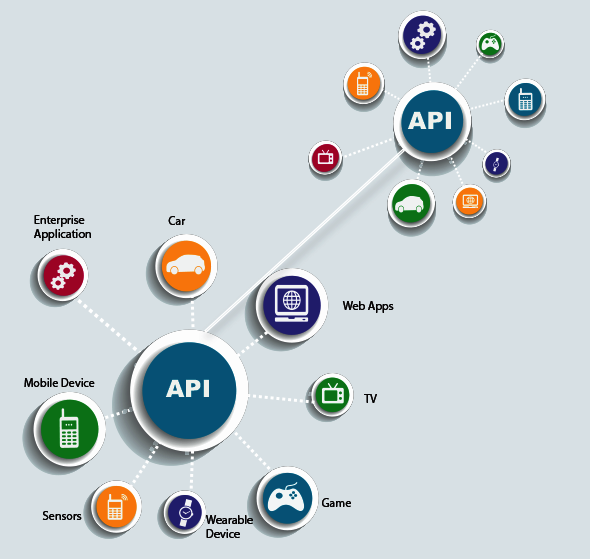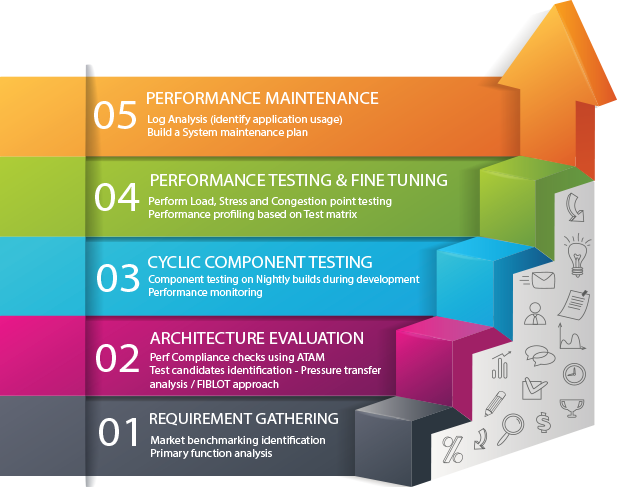Companies have adopted modern architecture involving Cloud and Mobile services as a result of which we find that there are large and composite systems that sit behind these simple-looking applications.
The content of the message layer and business logic are both very critical for a very successful operation of these applications. With the architecture following certain protocols such as XML, SOAP, REST and others, the big question that comes to the mind is – how to validate these Business Applications?
OUR OFFERINGS
- Unit testing to check the functionality of individual APIs
- Functional testing of end-to-end functionality at the API layer
- Load testing for validation of functionality and performance for the system under various levels of user/ transaction load
- Runtime error detection– Execution of Automated / Manual tests to identify problems such as exceptions and resource leaks
- Security testing– Involves various types of security checks like penetration testing, authentication, encryption, and also the access control
- Web UI testing– end to end testing of the entire system using the APIs
API TEST DIFFERENTIATORS
- Expertise on a wide range of API protocols like XML, SOAP, JSON, REST, Gdata, YAML, ATOM, RSS, and RDF, etc
- Expertise in End to end validation of the application via backend API calls.
- Script-less automation of API test cases reducing the time and effort of API automation drastically

Performance Testing of Web Services
- The performance of Web services can be evaluated with various load intensities and duration. We start with average load tests and progress to peak loads to validate the performance requirements.
- Stress Testing is done to understand the behavior in extreme circumstances.
- Focus is then shifted to Endurance Tests to verify the web services ability to run for hours/days without any performance degradation.
- To emulate real-world deployments, Web services are exposed to various types of clients. Including tests with valid and invalid SOAP requests, with unusual and unexpected values of request sizes
- Clearly, articulate type of emulation mode based on the web services type – Stateful or Stateless
- We prefer request per sec. for Stateless web services. For Stateful web services we apply appropriate intensity and concurrency, load to expose any synchronization errors.
- We thoroughly understand the design implementation, Web services WSDLs are created dynamically or through the static way. The load tests are appropriately created to test the Network/Server utilization.








